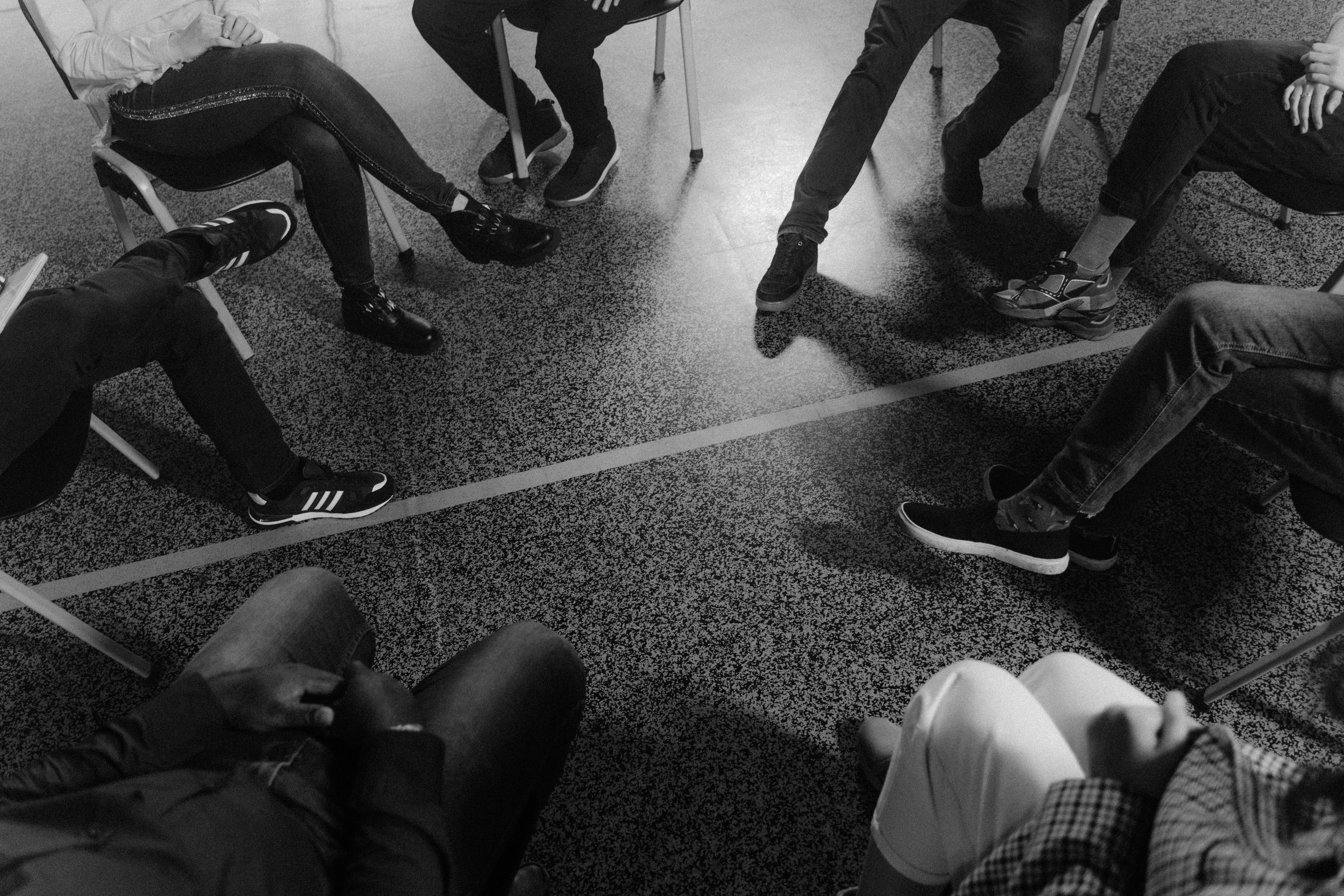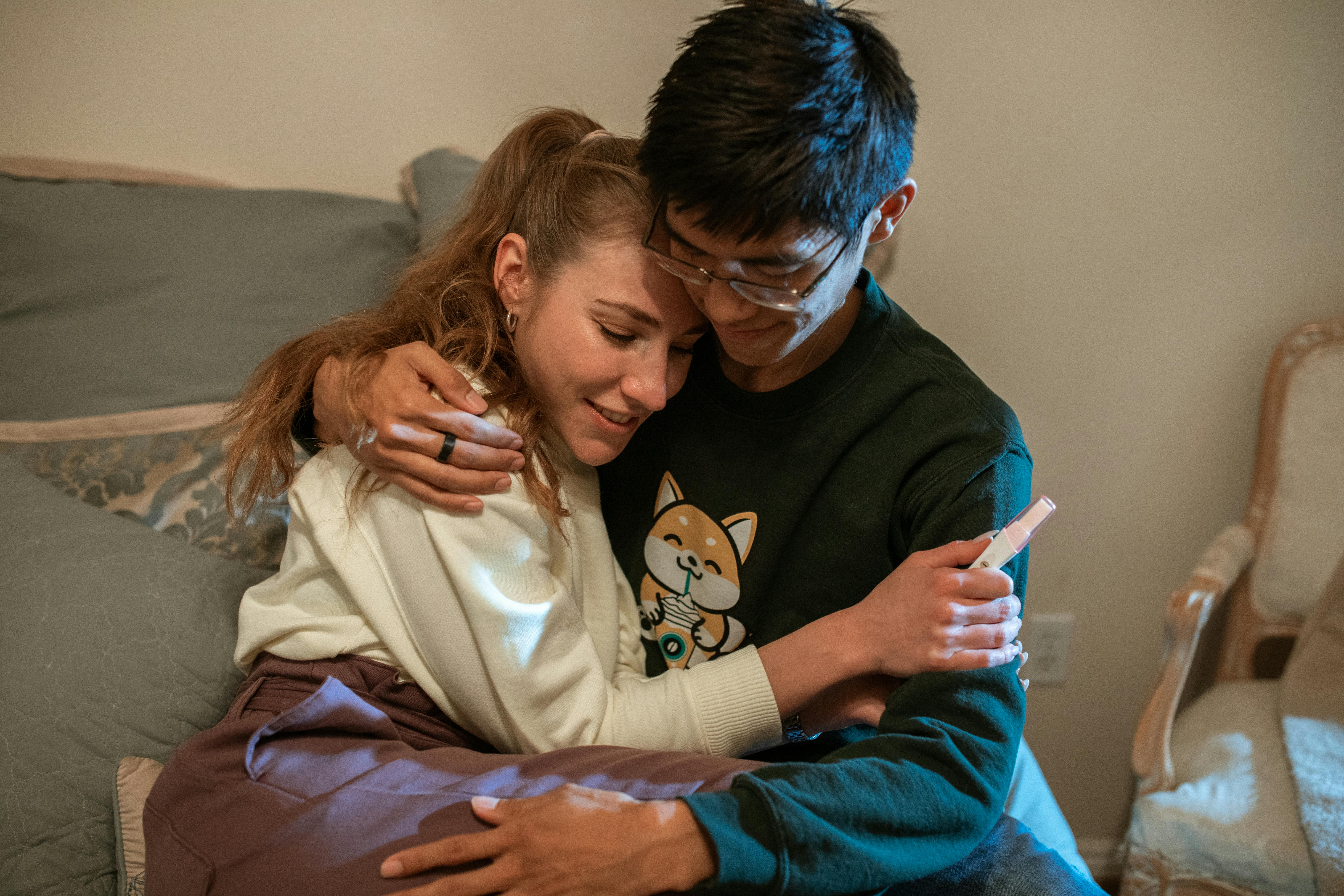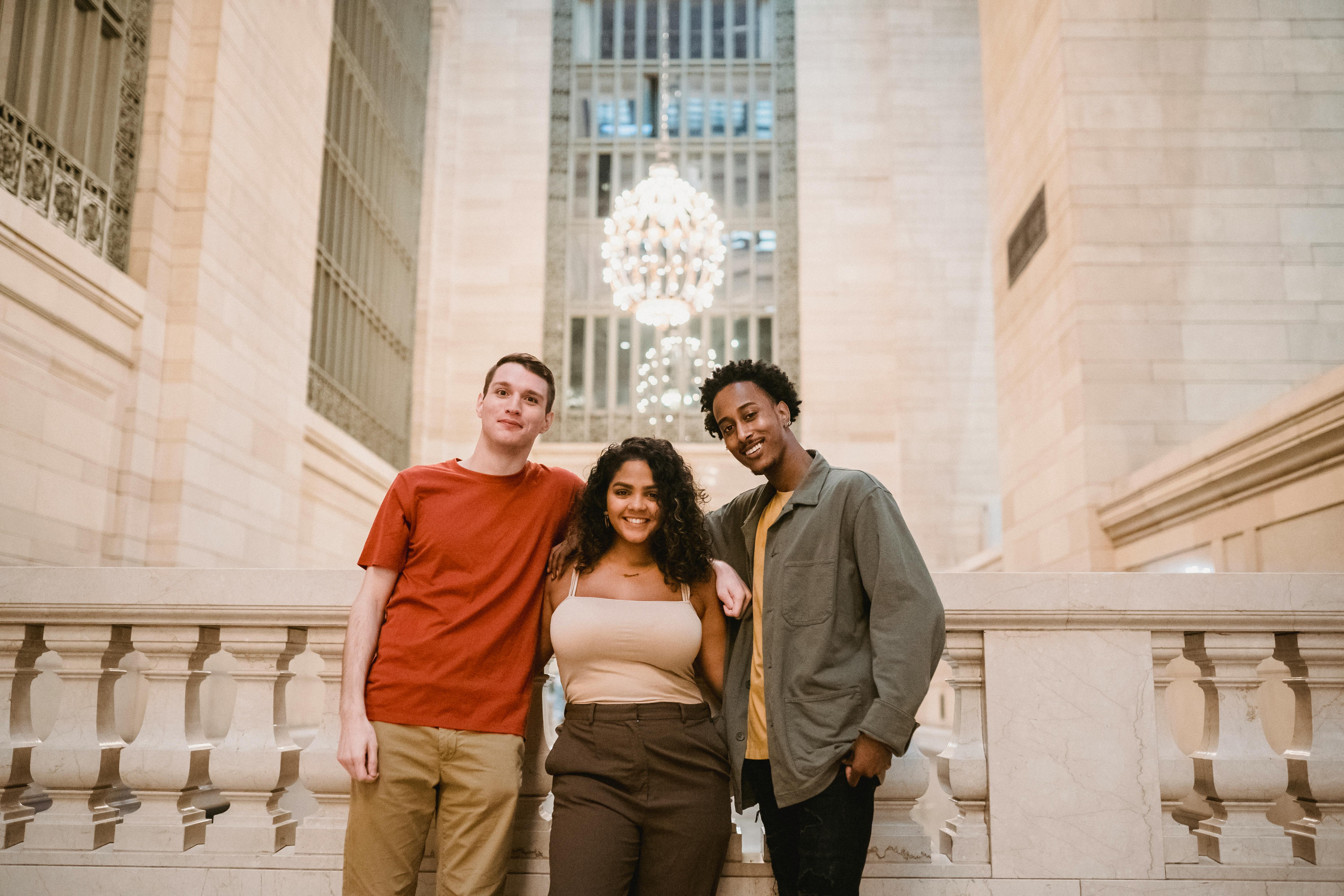Today children are regularly “scared” by the most responsible parents and guardians in order to instill basic moral principles and ensure the survival of the species: it is wrong to steal, to lie, to talk to strangers, to disobey parental instructions. The whole purpose of horror fiction is to scare readers, but the idea that deliberately scaring children is immoral and reprehensible is deeply ingrained in our society. It is probably as deep as the belief that children’s literature should be useful and valuable, conveying good, solid ideals to impressionable young minds. The idea that children might like to be scared is off-putting, because we are all aware that no one reacts to fear in the same way as a child. Children suffer from unexplained and unreasonable phobias and nightmares. Children can become obsessed with just one glimpse of an image, which can terrify them for months. However, this same little person will actively seek out a copy of Lee Striker’s “Revenge of the Vampire Librarian.” Has no sense!
Or if?
Terror is synonymous with “frightening”, and not necessarily for an educational or moralistic purpose. A problem is the real word Horror; he is often mentioned in disdain and without positive comments. It seems hard to say that horror fiction can be a good thing and that it is acceptable, even advisable, for children to read this genre. These are points that all of the most successful writers of the children’s horror genre acknowledge, and they all approach the touchy subject with thoughtfulness and respect. And when one considers the phenomenal growth of this genre, it would seem that these writers know what they are doing.
So what happens in children’s horror writing?
Most of the books in this genre share a similar structure or formula: a familiar situation becomes unknown. Cliffhangers are very effective because they guide the reader from one chapter to another. The victim often never quite escapes, and there is often a slight chill at the end. Here are some points that I have picked up during my research on this topic:
Know your audience.
Their target audience is usually between eight and 12 years old, sometimes even 14 years old. Both genders are included, and it is worth noting that this genre encourages children who ‘don’t like to read’ to change their negative attitudes towards books and reading. Noted children’s horror writer Margaret Clark states that while some of her younger readers may not understand every word of the book, they can understand the overall plot. She also feels that reading this genre has become “cult, so it’s important to be seen reading one of these books.“
Clark wrote a thesis on television and violence for her honors degree and understands her target audience: “I’ve watched kindergarten kids playing with bits of bark trying to shoot each other, and I’d say you can’t have guns in kindergarten and no violent games, but you’re still going to make them jump.” from the top of the ladder.” Marco yelling ‘Heroes of the Universe!’ So if you can’t beat them, join them.”
Empowerment is the key.
Human beings love to be scared, and children are no exception. One of the most important points to remember when writing child horror is to keep the victims in the story in charge of the situation. Have them take control of the story; Clark refers to this as “the safety net”. So while they’re frantically trying to escape an evil witch, dispatch a possessed toy, or perhaps free a friend or family member from a nasty curse, there’s always hope and always a solution. Of course, the solution may require some effort, thought and application of the acquired knowledge, but there should always be a way to deal with a horrible situation.
Be naughty.
It’s natural for children to be mischievous, so applying this aspect of childhood to this genre offers a very obvious appeal to young readers. Children love to push boundaries, test boundaries, and offer a bit of resistance to authority. In children’s horror literature, there is an excellent opportunity for a writer to allow young readers a degree of freedom to enjoy their “mischief.” For children, part of the appeal of reading a horror story is that some adults may not approve of the genre, but reading an exciting horror story is a pretty sure way to enjoy a bit of “mischief.” Children’s horror fiction is a way to come to terms with the ethical chaos we all encounter in our lives, so it makes sense that a good horror story could turn out to be a benefit to many young readers.
Know the limits.
Don’t let detailed descriptions of monsters/witches/vampires and their dastardly deeds get in the way of the story. Don’t focus on the gore. Irresponsible writing can have a negative effect on a young and growing mind. The last thing any children’s horror writer wants is to be told that his work has corrupted a young mind. Also remember that the mind and imagination of an eight year old is very different from that of a ten, 12 or even 14 year old.
Robert Hood of the “Creepers” writing team has done many book tours and talks about meeting kids who have read three of the books in the series in quick succession. When he asks them what their favorite parts are, most of them rave about the gory parts: “‘Like where the guy rips his face off and all the worms fall out!’ The adults were absolutely horrified, but the kids loved it.” This type of description is known as silly horror – because it really is nonsense, and in the hands of a skillful writer it will affect no impressionable mind.
Don’t use horror just for the horror. Use your discretion to decide what will and will not improve your story. Some children’s horror stories can grow out of everyday fears, such as relationships with siblings and loneliness. Slithering worms, oozing slime, pus and mucus are common features, but blood is used with caution. In “Revenge of the Vampire Librarian”, the parents believe that a rust-colored carpet stain is a watermark. According to author Margaret Clark: “Adults are often idiots who can’t see what’s going on under their noses.”
don’t go too far
It is not easy to justify murder and bloodshed by children’s writing. Do not turn parents or siblings into monsters, and do not inflict unnecessary and irreparable bodily harm on anyone close to the hero or heroine, including beloved pets. The main villain or monster must symbolize a threat, but that threat must always be able to be defeated, outmaneuvered, or temporarily stopped. There must always be a solution. You can also emphasize good social qualities like friendship, faith, loyalty, trust, and responsibility in the story.
control and comedy
Writing childhood horror gives you the opportunity to help your young readers realize that it is possible to face the scariest things in life. Fear, grief, loss, the monster under the bed… your words can help them examine these issues and gain a sense of power and control over them. Horror fiction offers a safe place to examine and perhaps take control of the scariest aspects of life. Horror fiction can be a playground for children to safely explore everyday fears.
The scarier the horror story becomes, the element of humor becomes an important consideration. A zombie chasing a person, be it an adult or a child, doesn’t seem so malevolent if he begins to decompose and lose body parts during the chase. Use humor as a buffer, counteracting any possible psychological trauma with literary fear.
Horror writers should not and cannot portray genuine horror so realistically that impressionable young readers develop fears that they carry with them into everyday life. You also shouldn’t taunt your monsters so much that they fail to evoke appropriate terror. When they open your book, readers need to believe in the horror you create, or they won’t get any emotional benefit. Writing horror for kids is a difficult and delicate balancing act, and if you do it right, your audience will love you for it!









